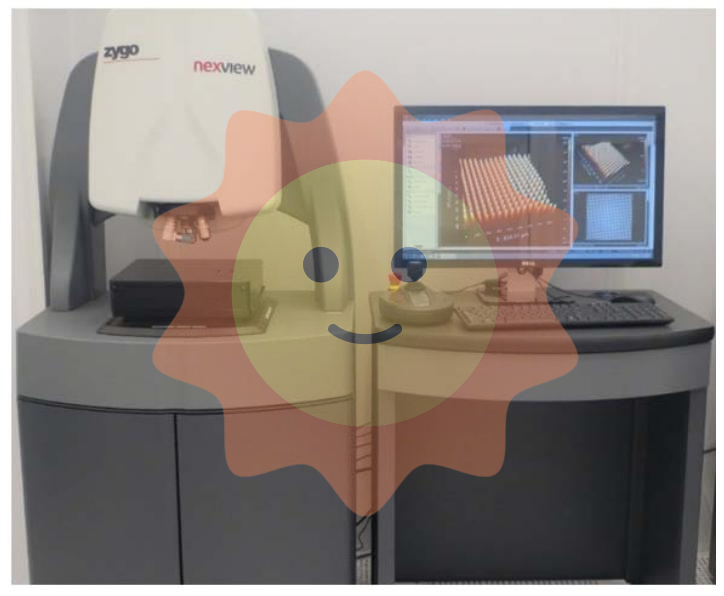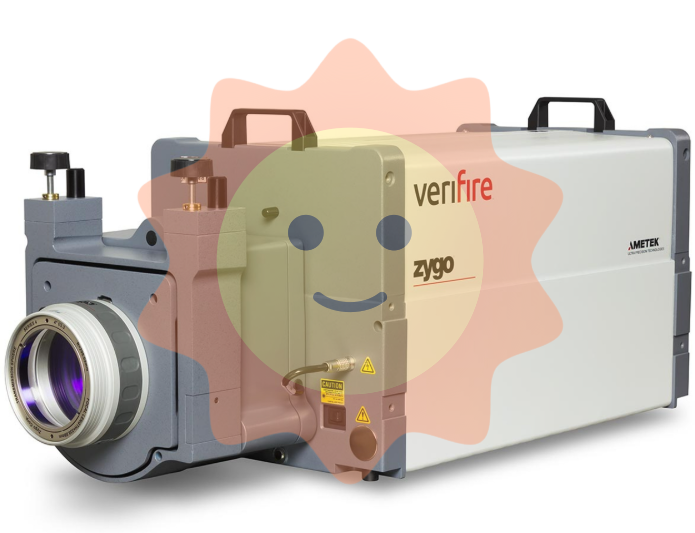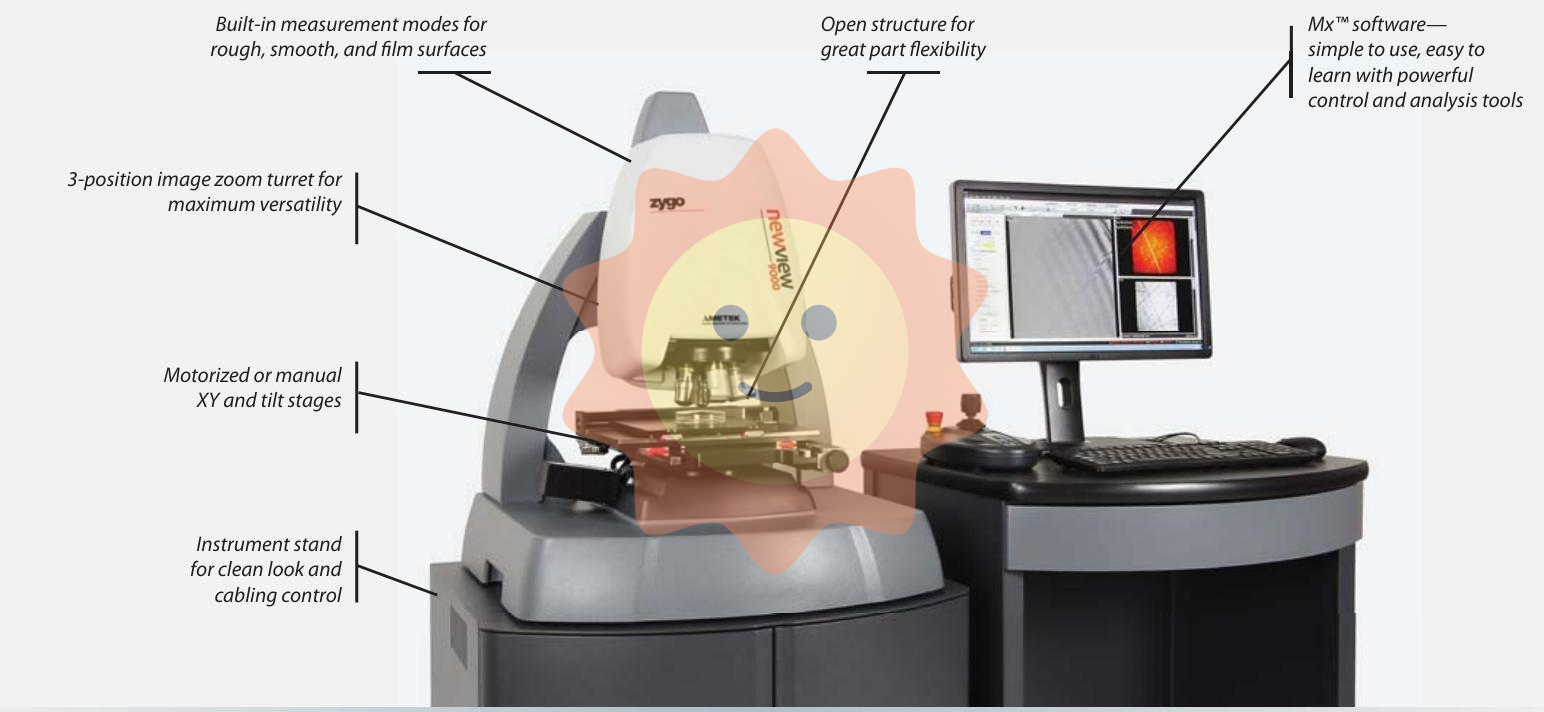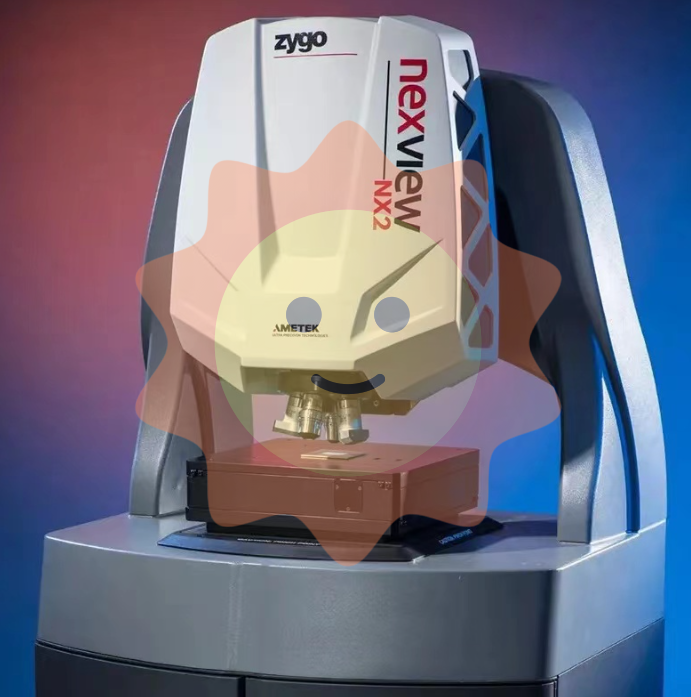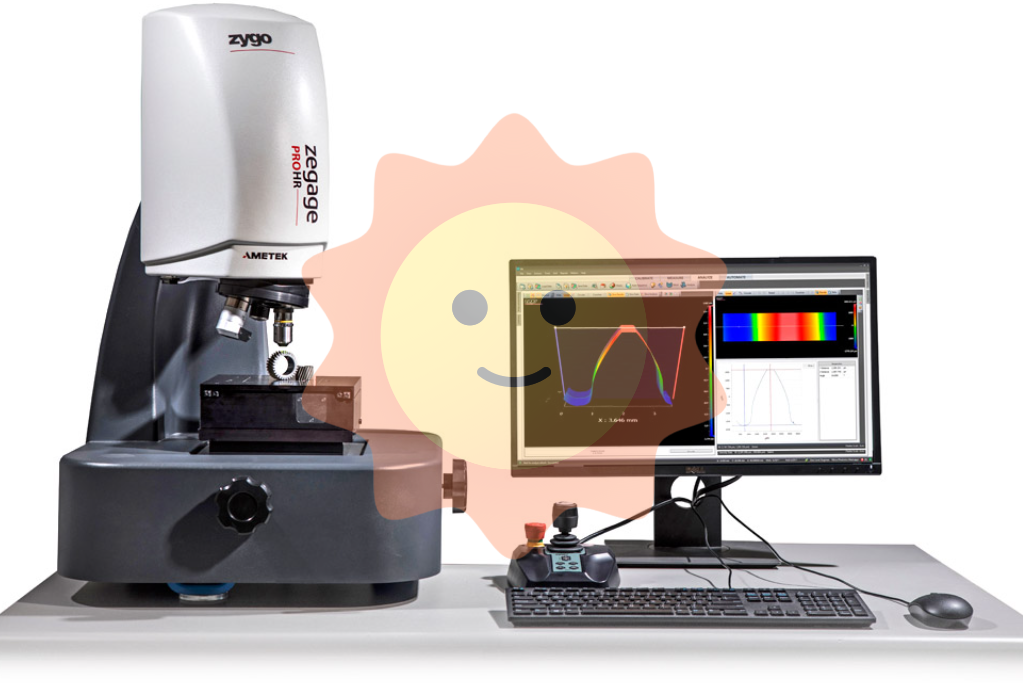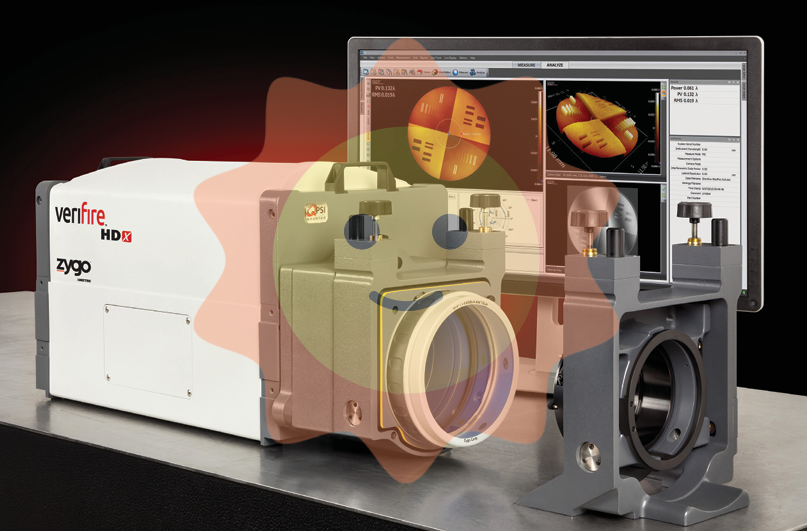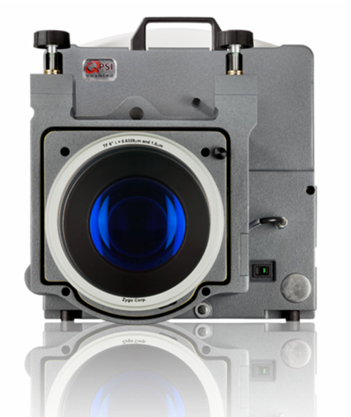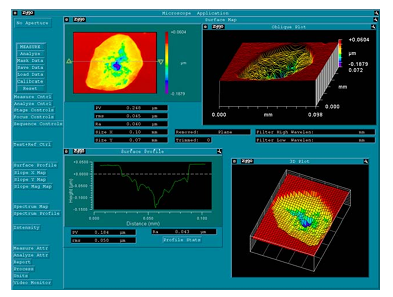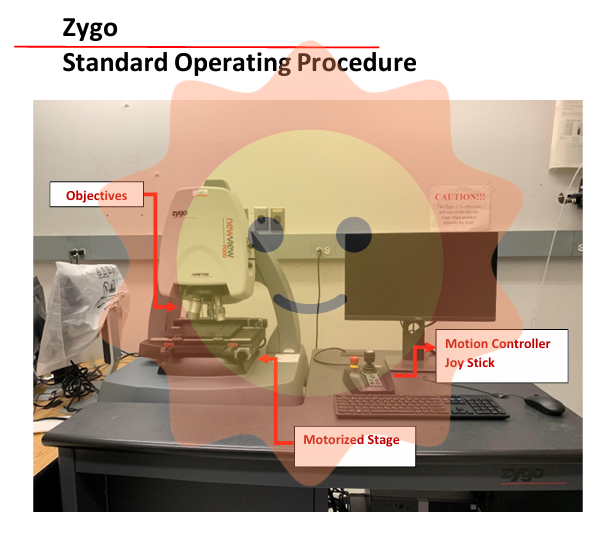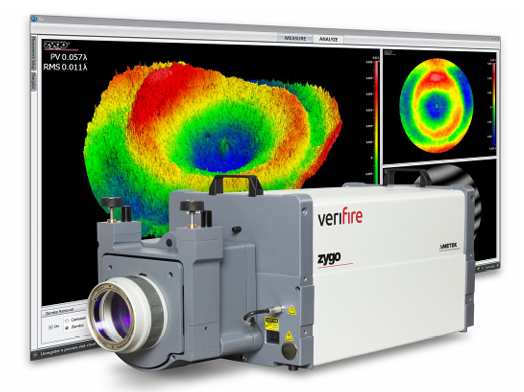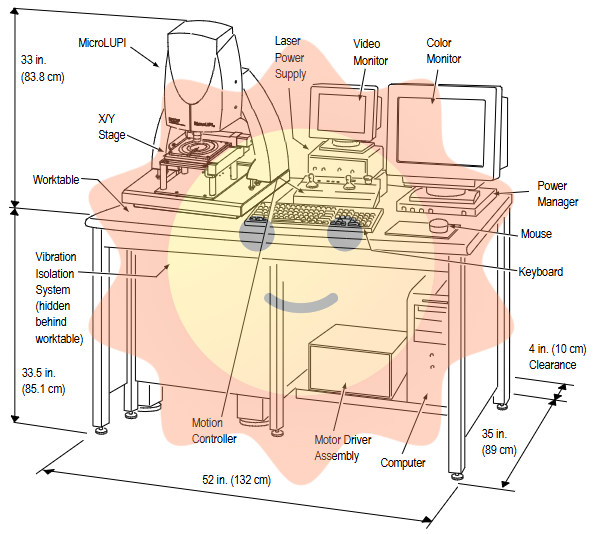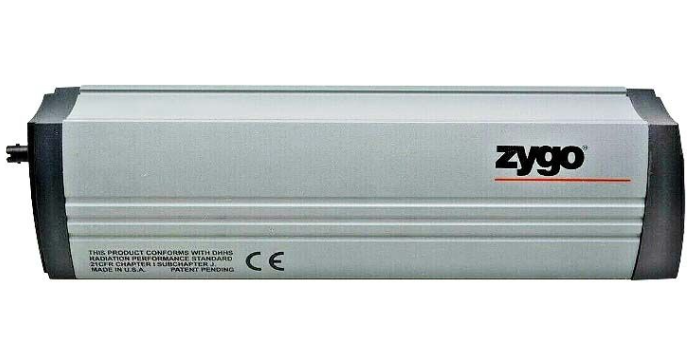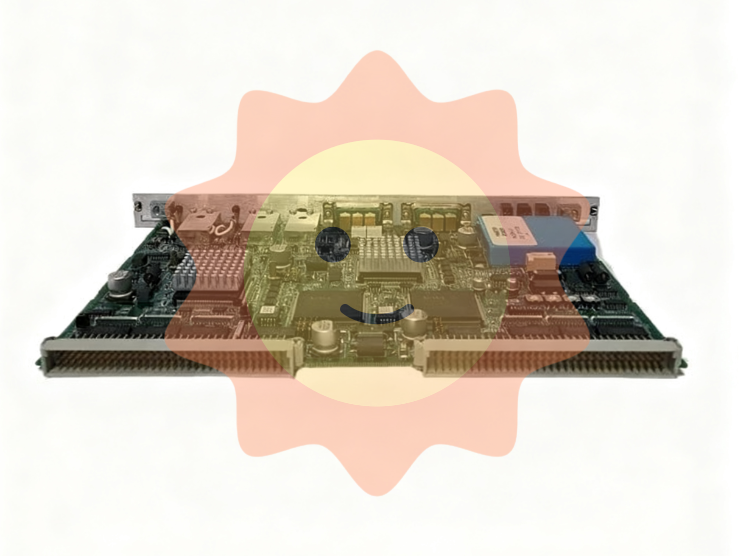ABB TP857 3BSE030192R1 is a distributed control system (DCS) core operating terminal developed by ABB for large-scale industrial process control. It belongs to the ABB Advant OCS (Open Control System) distributed control system system system, where "TP857" is the terminal series model and "3BSE030192R1" is the product specific material code. Its core function is to serve as the human-machine interaction core node of the DCS system, connecting the controllers (such as ABB AC 450), I/O modules (such as AI810, DO810), and field devices within the system, realizing centralized monitoring, parameter configuration, fault diagnosis, and operation instruction issuance of industrial production processes. It is widely used in large-scale industrial scenarios such as petrochemicals, power, metallurgy, etc., which require high control accuracy and system reliability, and provides stable and efficient distributed control solutions for complex production processes.
ABB TP857 3BSE030192R1 DCS System
Product core positioning
ABB TP857 3BSE030192R1 is a distributed control system (DCS) core operating terminal developed by ABB for large-scale industrial process control. It belongs to the ABB Advant OCS (Open Control System) distributed control system system system, where "TP857" is the terminal series model and "3BSE030192R1" is the product specific material code. Its core function is to serve as the human-machine interaction core node of the DCS system, connecting the controllers (such as ABB AC 450), I/O modules (such as AI810, DO810), and field devices within the system, realizing centralized monitoring, parameter configuration, fault diagnosis, and operation instruction issuance of industrial production processes. It is widely used in large-scale industrial scenarios such as petrochemicals, power, metallurgy, etc., which require high control accuracy and system reliability, and provides stable and efficient distributed control solutions for complex production processes.
Key technical parameters
1. Hardware and performance parameters
Processor and Storage: Equipped with an Intel Core 2 Duo dual core processor (with a clock speed of 2.0GHz), 2GB DDR2 memory (expandable to 4GB), and 160GB industrial grade solid state drive (SSD), it supports multitasking parallel processing and can simultaneously run core tasks such as system monitoring interface, historical data storage, and fault alarm processing. The data processing latency is ≤ 300ms, meeting the real-time requirements of large DCS systems.
Display configuration: It adopts a 19 inch high-resolution TFT LCD display screen with a resolution of 1280 × 1024 (SXGA), displaying 16.77 million colors, brightness of 400cd/㎡, contrast ratio of 1200:1, viewing angle of 178 ° (horizontal/vertical), supporting screen splitting display (up to 4 zones), and can simultaneously display monitoring interfaces of different production units, such as the reaction zone, distillation zone, and storage and transportation zone data synchronization display of petroleum refineries.
Touch function: Equipped with resistive single touch (optional multi touch), touch accuracy ± 0.2mm, response time ≤ 20ms, surface covered with 4H hardness scratch resistant coating, resistant to frequent industrial operations and chemical corrosion (such as trace corrosive gases in chemical workshops), with a service life of ≥ 10 million touch operations.
2. Communication and interface parameters
System communication interface:
Industrial Ethernet interface: 2 10/100Mbps RJ45 interfaces, supporting TCP/IP and ABB MasterNet protocols, can be connected to DCS system controllers, I/O stations, and other operation terminals to achieve high-speed data exchange within the system, with a stable communication rate of 100Mbps in full duplex mode and a data packet loss rate of ≤ 0.1%.
Dedicated DCS bus interface: 1 ABB Advant Fieldbus interface, compatible with the bus protocol of ABB AC 450 controller, supports direct communication with distributed I/O modules (such as CI801), with a transmission distance of up to 1000m (expandable to 5km through repeaters), meeting the long-distance wiring needs of large factories.
Peripheral interfaces: 2 USB 2.0 Host interfaces (supporting USB data export and mouse/keyboard connection), 1 RS232 interface (used to connect barcode scanners and printers), 1 VGA interface (supporting external display expansion), and 1 audio output interface (used for alarm sound output), meeting the peripheral expansion requirements of DCS systems.
3. Electrical and environmental parameters
Power supply characteristics: Adopting 220V AC wide power supply (voltage range 187-253V AC), working power consumption ≤ 60W, standby power consumption ≤ 15W, supporting dual power redundant input (requiring external redundant power module). When the main power supply fails, the backup power supply can be switched within 50ms to ensure uninterrupted operation of the DCS system operation terminal and avoid production process loss of control.
Electromagnetic Compatibility (EMC): Compliant with the IEC 61000-6-2 industrial environment anti-interference standard, with an IP54 protection level (for the entire machine), it can resist dust, water mist, and strong electromagnetic interference (such as interference generated by large motors and high-voltage frequency converters) in industrial sites, and is suitable for installation in factory central control rooms or on-site control rooms.
Environmental adaptability: Operating temperature range of 0 ℃~55 ℃, storage temperature range of -20 ℃~65 ℃, relative humidity of 5%~95% (no condensation), vibration level in accordance with IEC 60068-2-6 standard (5-500Hz, 1.0g acceleration), impact level in accordance with IEC 60068-2-27 standard (10g acceleration, 11ms duration), can adapt to environmental fluctuations in large industrial plants.
4. Physical and installation parameters
Size and Weight: The external dimensions are 482mm x 300mm x 150mm (length x width x height), with a weight of approximately 8.5kg. It adopts a standard 19 inch rack mounted design (2U height), which can be embedded into standard industrial cabinets, saving installation space in the control room and forming a unified layout with other equipment in the DCS system (such as controllers and inverters).
Installation method: Supports 19 inch rack mounted cabinet installation (compliant with IEC 60297 standard), equipped with sliding rail mounting brackets. Installation and disassembly do not require dismantling other equipment in the cabinet. A single person can complete terminal installation and wiring within 1 hour, which is convenient for later system expansion or equipment replacement.
Core functions and features
Centralized monitoring and control of DCS system: As the core operating terminal of DCS system, it has the ability to monitor the entire process:
Multi unit centralized management: supports simultaneous monitoring of multiple production units (such as atmospheric and vacuum distillation units and catalytic cracking units in petroleum refineries), and displays real-time process parameters (temperature, pressure, flow rate) and equipment operating status (valve on/off, pump on/off) of each unit through interface switching or screen partitioning. Operators can grasp the production situation of the entire plant without switching between multiple terminals.
Precise control command issuance: Support issuing control commands through the touch interface, such as adjusting the opening of the regulating valve (through slider or numerical input), setting the target temperature value of the reactor, and starting/stopping key equipment (such as compressors). The commands are transmitted in real time to the controller through the DCS bus, and the feedback delay of the execution result is ≤ 500ms, ensuring the precise execution of control commands.
Visualization of Process Flow Diagram: Supports importing process flow diagrams in CAD format, associating real-time data with equipment icons in the flowchart. For example, the liquid level value is displayed in real-time next to the tank icon in the flowchart, and the pipeline icon changes color according to the medium flow rate (such as displaying red when the flow rate exceeds the standard), intuitively presenting the production process status and reducing the cognitive difficulty of operators.
Full cycle data management and analysis: providing data support for industrial production optimization:
Real time data collection and storage: It can collect real-time data (analog and digital) from all I/O modules in the DCS system, with a sampling frequency of up to 100ms/time. The data storage capacity supports expansion to 1TB (through external hard drive), and can store historical production data for ≥ 3 years, meeting the traceability and compliance needs of industrial production (such as GMP in the chemical industry and pollution data recording in the environmental protection industry).
Historical data query and analysis: supports querying historical data by time range (minutes/hour/day/month/year), data type (such as temperature, pressure), generating trend curves (such as a 72 hour temperature change curve of a certain reaction kettle), data reports (such as daily product production reports), curves support scaling and comparative analysis (such as displaying temperature curves of two reaction kettles at the same time), helping technicians analyze the reasons for production process fluctuations and optimize production parameters.
Automatic generation of production reports: supports custom report templates (such as production daily reports, monthly reports, and annual reports), sets up scheduled automatic generation (such as generating production reports for the previous day in the early hours of each day), supports Excel and PDF report formats, can be automatically sent to management email through email, or exported through USB, reducing the workload and errors of manual report production.
Multi level fault diagnosis and safety protection: ensuring the safety of DCS systems and production processes:
System fault diagnosis: It can monitor the operating status of equipment in the DCS system in real time, including controllers, I/O modules, communication buses, sensors/actuators. When a fault occurs (such as I/O module communication interruption, sensor signal loss), the terminal immediately pops up a fault alarm window, displaying the name of the faulty equipment, fault type (such as "AI810 module 1 # channel fault"), fault level (emergency/important/general), fault occurrence time, accompanied by sound and light alarms (alarm sound can be customized), reminding operators to handle it in a timely manner.
Production process alarm: supports setting multi-level process parameter alarm thresholds (such as high alarm, high high alarm, low alarm, low low alarm). When the parameter exceeds the threshold (such as the reaction kettle temperature reaching the high high alarm value), the terminal displays an alarm message and triggers a chain protection action (such as automatically cutting off the heating source and opening the safety valve) to avoid the expansion of production accidents. The alarm record is automatically saved and the alarm processing process can be traced (such as the processing personnel, processing time, and processing measures).
Operation security protection: supports hierarchical management of user permissions, with at least 5 levels of permissions set (such as system administrator, engineer, operator, maintainer, and viewer). Users with different permissions can only access corresponding functions. For example, operators can only perform routine monitoring and simple control, engineers can modify process parameters and control logic, and system administrators can configure user permissions and system parameters to prevent production safety risks caused by misoperation or illegal operations; Simultaneously supporting operation log recording, all operations (such as parameter modification, equipment start stop) are recorded with the operator, operation time, and operation content, facilitating responsibility tracing.
High reliability and system redundancy: meeting the continuity requirements of large-scale industrial production:
Hardware redundancy configuration: supports dual machine hot standby function, can configure 2 TP857 terminals as primary and backup operation terminals. When the primary terminal fails, the backup terminal automatically switches within 10 seconds, taking over all operation functions. During the switching process, production monitoring is not interrupted, ensuring that operators can continue to monitor and control the production process; Simultaneously supporting power redundancy and communication bus redundancy (such as dual Ethernet bus), further enhancing system reliability.
Data backup and recovery: Supports scheduled automatic backups (such as daily backups) of system configuration parameters (such as user permissions, alarm thresholds, report templates). Backup data can be stored on local hard drives, external storage devices, or remote servers. In the event of a system failure (such as an operating system crash), system configuration can be quickly restored through backup data, with a recovery time of ≤ 1 hour, reducing system downtime.
Anti interference and environmental adaptability: With an IP54 protection level and strong electromagnetic compatibility design, it can operate stably in industrial environments with high dust, humidity, and strong electromagnetic interference, such as steel rolling workshops in metallurgical plants and production equipment areas in chemical parks, without the need for additional clean control rooms, reducing infrastructure costs.
Flexible System Integration and Expansion: Adapting to the Complex Requirements of Large Industries:
Cross system compatibility integration: can be integrated with other ABB industrial automation systems (such as ABB Ability) ™ Integrating Manufacturing Operations Management with third-party systems such as MES production execution system and ERP enterprise resource planning system, data exchange is achieved through standard protocols such as OPC UA and Modbus TCP. For example, production data from DCS system is transmitted to MES system for production scheduling and cost accounting, or production planning instructions from ERP system are received and issued to DCS system for execution.
Terminal Expansion and Collaboration: Supports the networking and operation of multiple TP857 terminals (up to 32). Different terminals can be responsible for monitoring different production units (such as Terminal 1 monitoring the reaction zone and Terminal 2 monitoring the distillation zone), and can also achieve shared operating permissions (such as engineers being able to modify system configurations on any terminal), meeting the needs of multi position collaborative operations in large factories; Simultaneously supporting external large screen displays (such as splicing screens), the monitoring interface of the terminal is synchronously displayed on the large screen, making it easier for control room managers to grasp the overall production status.
Customized Function Development: Supports secondary development based on ABB Advant OCS development platform, such as developing exclusive production process control algorithms (such as complex cascade PID control), customized fault diagnosis logic, industry-specific functional modules (such as interlocking protection logic in the petrochemical industry and unit coordination control function in the power industry), to meet the special control needs of different industries.

- User name Member Level Quantity Specification Purchase Date
- Satisfaction :
-









Email:wang@kongjiangauto.com

